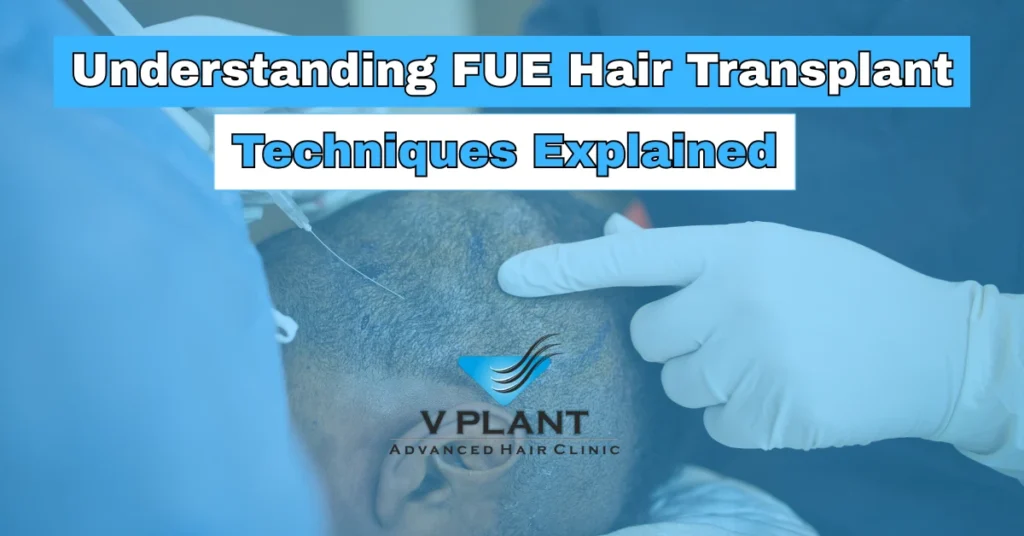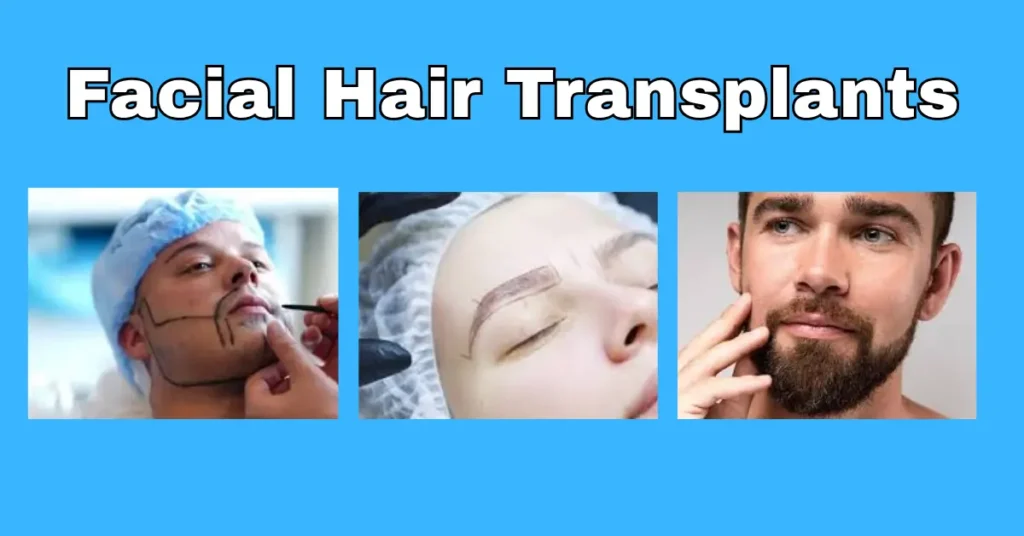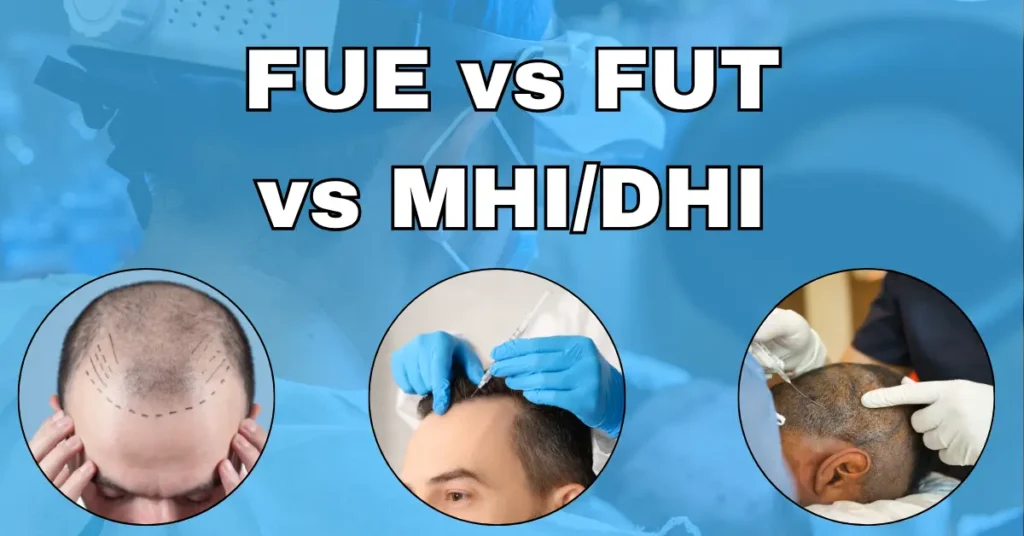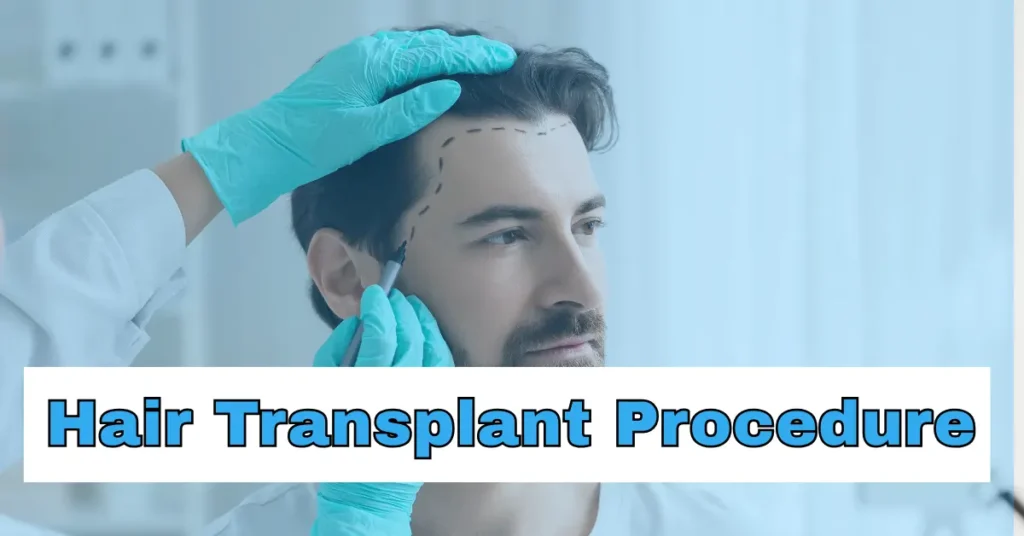Understanding FUE Hair Transplant Techniques Explained is your essential guide to a modern, minimally invasive solution for hair loss. Follicular Unit Extraction (FUE) is a hair transplant procedure in which individual hair follicles are extracted—typically from a donor area such as the back or sides of the scalp—and then implanted into bald spots or areas affected by thinning hair. It leaves no linear scar, heals quickly, and creates natural-looking new hair growth, making it a great option for both men and women who want subtle, long-term hair restoration results.
If you’re researching types of hair transplant procedures or comparing FUE vs. FUT, this method is ideal for those wanting a gentler, scar-free experience. Many choose FUE for its precision, quicker recovery, and ability to wear short hairstyles post-surgery. Thanks to modern technology, FUE is more advanced, effective, and accessible than ever. When wondering about hair transplant expectations or the right treatment for hair loss, understanding this method is a smart first step toward reclaiming confidence and healthy, transplanted hair.
Hair loss affects self-esteem and emotional well-being. Thankfully, today’s medical advances offer real solutions. Among all types of hair transplant techniques, FUE—Follicular Unit Extraction—stands out. It’s less invasive and delivers excellent results for people with various types of hair loss, including androgenetic alopecia.
FUE works by carefully removing hair grafts from a healthy donor site and implanting them in the recipient area where you lose hair. Unlike older methods, it doesn’t involve large cuts or stitches, making the healing process smoother.
The process begins with a detailed consultation with a qualified hair transplant surgeon, who will assess your type of hair loss, establish appropriate hair transplant expectations, and determine whether you are a suitable candidate for the procedure. Once ready, here’s how the FUE hair transplantation process typically works:
- Harvesting: The surgeon uses a microneedle or punch tool to extract individual hair follicles from the donor area.
- Graft Prep: Each hair graft is cleaned and prepared for transplant.
- Implantation: The transplant surgeon carefully places each graft into the recipient area, focusing on creating a natural hairline and density.
This attention to detail ensures the transplanted hair blends perfectly with existing strands, creating a fuller, authentic look.
When choosing the right solution to hair loss, you’ll likely compare two popular methods: FUE
and FUT (Follicular Unit Transplantation). Each has pros and cons:
- FUT involves removing a strip of skin from the scalp’s donor area, dividing it into follicular units, and implanting them. This method allows for the transplantation of a larger number of hair grafts in a single session; however, it results in a visible linear scar.
FUE results in tiny, dot-like scars instead of one long one and typically heals faster.
- FUT may be better for advanced hair loss requiring more grafts, while FUE offers better cosmetic healing.
Why FUE is so popular today:
- No stitches or long scars.
- Fast healing and return to regular activities.
- Works well for small to medium bald spots.
- Best for patients wanting short hair after surgery.
- More natural look when performed by expert transplant surgeons.
However, FUE isn’t without challenges:
- It may cost more due to the surgeon’s time and skill.
- Large-scale hair restoration may require multiple sessions.
- Outcomes depend heavily on the surgeon’s expertise and the quality of the extracted hair grafts.
Beyond FUE and FUT, there are also newer methods and non-surgical choices:
- Bio-FUE combines traditional FUE with growth factors to encourage hair regrowth and faster healing.
- MHI and DHI (Direct Hair Implantation) offer improved accuracy by implanting follicles directly without creating channels.
- Non-surgical options like hairpieces or PRP therapy offer temporary treatment for hair loss, but they can’t match the permanence of hair transplant surgeries.
Choosing the right approach depends on your type of hair loss, lifestyle, and budget. Whether you’re aiming to reduce a high forehead, fill in bald spots, or simply regain volume, speaking with an experienced hair transplant surgeon will help you set realistic goals and understand all available options.
Understanding techniques like FUE, FUT, MHI, and DHI helps you make an informed,
confident decision. You’re not just investing in new hair growth—you’re investing in self- confidence and a better quality of life.

















